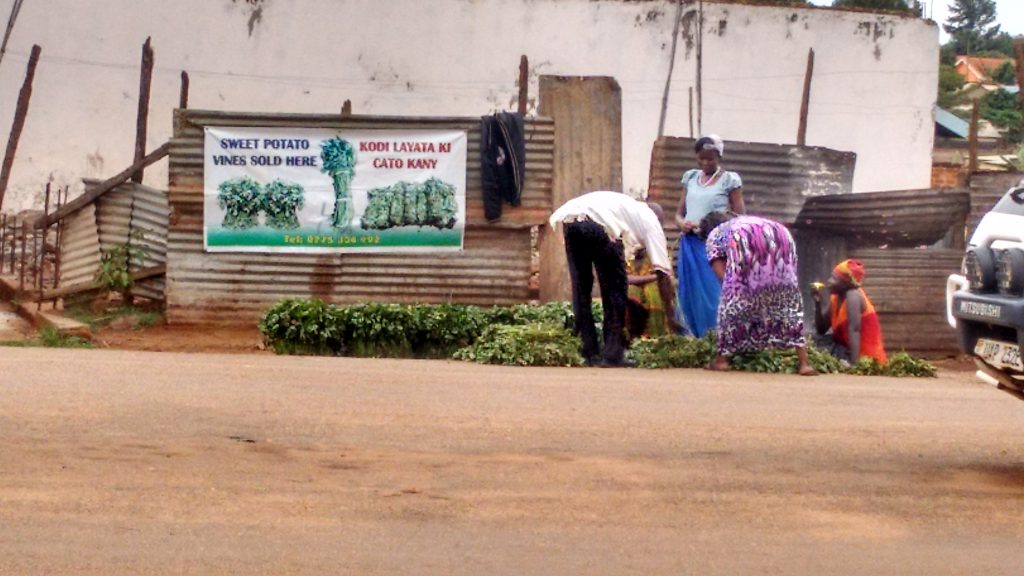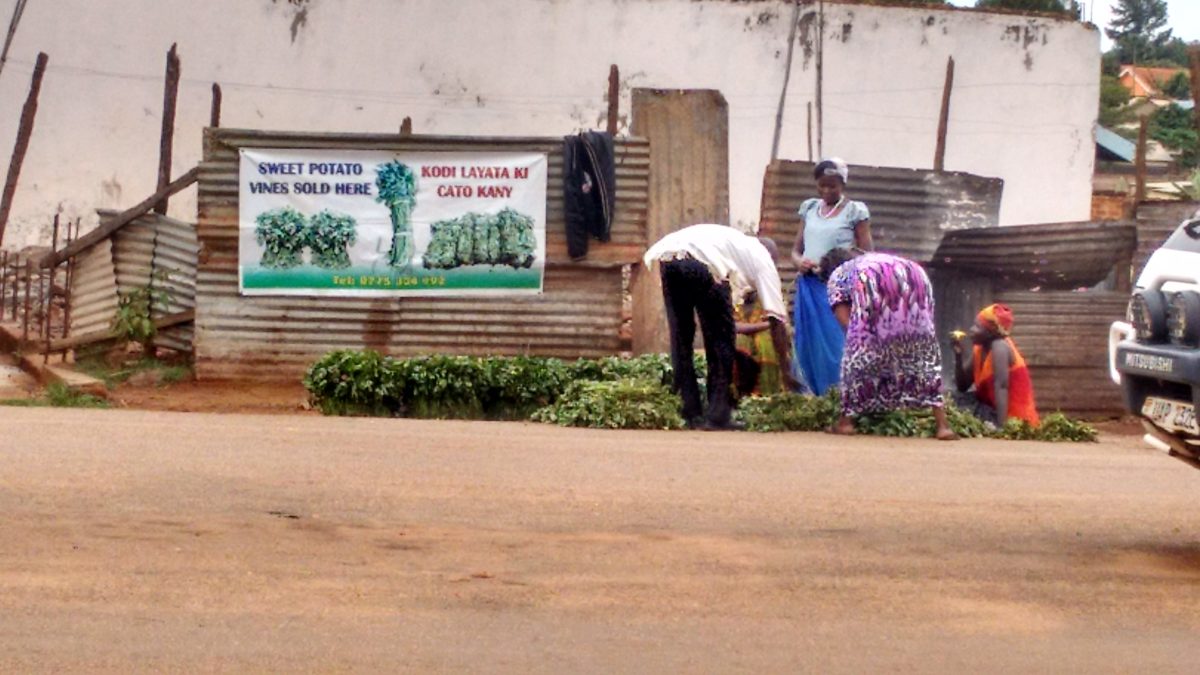Working with international researchers, University of Florida scientists have developed a model that will help protect good seeds, which are necessary to plant healthy crops and determine what areas are at higher risk for unhealthy seeds.

In many parts of the world, people lack adequate access to nutritious food because there aren’t enough quality seeds for food production, said Karen Garrett, a plant pathology professor at the UF Institute of Food and Agricultural Sciences.
“We model where the disease is likely to move next and the management strategies that are likely to be most helpful,” said Garrett, a co-author of a new study on how good and bad seeds get from one place to another.
In the newly published research, Garrett and one of her doctoral students, Kelsey Andersen — the lead author on the study — led a team of UF/IFAS researchers and colleagues in Uganda and the United Kingdom. The research team studied seed systems in Africa. Seed systems are composed of people and businesses that make seed available, and farmers who use that seed.
As a result of the research, scientists developed a model that will help them find seed-borne pathogens and provides recommendations for how to stop the pathogens from spreading.
“Good seed systems provide high-quality, disease-free seeds of good crop varieties, but good seed systems do not exist in many countries,” said Garrett, a faculty member in the UF/IFAS Institute for Sustainable Food Systems. “Seed systems are critical for making new, improved crop varieties available to farmers, but also can serve as major conduits for the spread of seed-borne pathogens if pathogens are not controlled.”
For the study, researchers investigated the seed system for several varieties of sweet potatoes in Uganda, where sweet potatoes are a reliable staple food and can be an important source of Vitamin A.
Just as people evaluate the web pages that are most-often linked in the Internet, researchers evaluated the most important sellers and farms in the Gulu region of Uganda, in terms of their potential for both spreading disease and distributing seed of improved varieties. Highly linked sellers and farms are particularly important for detecting and managing diseases in seed systems, Garrett said.
Using these models, the researchers identified the locations in the seed system that are likely to be most important for surveillance and for management of pathogens introduced to the seed system. They also compared and found methods that worked best for identifying these key locations. When there are future epidemics in this region, this study provides strategies for dealing with them effectively.
This framework for seed system analysis can be applied to provide recommendations for a wide variety of seed systems.
“One important case that we are addressing now is the new introduction and spread of cassava mosaic disease that currently threatens cassava production in Southeast Asia,” Garrett said.
The newly published study is part of the dissertation work of Andersen, a plant pathology Ph.D. student in the UF/IFAS College of Agricultural and Life Sciences.
Andersen won first place for her presentation about the research at a regional American Phytopathological Society meeting in 2017, Garrett said. Andersen has also presented this work at project team meetings in Nairobi and Kigali. The work is supported by the CGIAR Research Program on Roots, Tubers and Bananas (RTB) and the Bill and Melinda Gates Foundation.
The research is published in the journal Phytopathology.
Source: University of Florida Institute of Food and Agricultural Sciences










